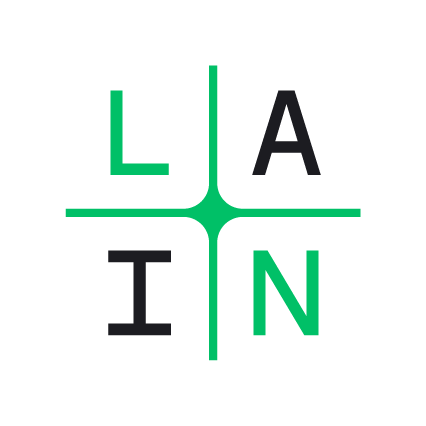Cleveland Greater University Circle Initiative (GUCI)
Between 1950 and 2010, the population of Cleveland, Ohio, declined from a peak of 914,000 to less than 400,000, a decrease of more than 50%. Globalisation and the shift of manufacturing jobs overseas resulted in population and investment losses to the suburbs and to some regions altogether.
As a result, the housing market in many neighbourhoods collapsed, in particular those around ‘University Circle,’ a nearly 1-square mile (1.6 km) area home to high powered and well-resourced institutions including Case Western Reserve University, the Cleveland Clinic and University Hospitals, the Cleveland Museum of Art, and Cleveland Orchestra.
The ‘Cleveland Greater University Circle Initiative’ (GUCI) was set up as a partnership between public, private organisations and civil society, in order to bridge these distinct communities and conditions.
The strategic partnership was spearheaded by the Cleveland Foundation, the nation’s second largest community foundation with assets of nearly $2 billion, whose new president and CEO had an idea to connect the area’s three largest anchor institutions – Case Western Reserve University, the Cleveland Clinic, and University Hospitals – to the seven surrounding neighbourhoods.
GUCI has grown to 19 partners* focused on four areas of intervention:
Institutional Partnership - creating opportunities for diverse institutions to work together;
Physical Development - catalysing transportation and real estate projects that reconnect neighbourhoods;
Economic Inclusion - encouraging institutions to buy local and hire local, and empowering new and existing residents to live local;
Community Engagement - ensuring residents have authorship in the revitalization of their neighbourhoods
The Economic Inclusion workstream has been particularly impactful. Under the ‘Buy Local’ theme, key interventions of the group included supporting vendors already based in North-East Ohio and attracting and retaining existing businesses known to hire locally. The group went further still in initiating the formation of Evergreen Cooperatives (providing energy, fresh produce and laundry services) to provide the goods and services that were not already available from local vendors within their immediate area.
This type of targeted place-based approach demonstrates the impact that coordinating the purchasing power of locally rooted institutions can make in creating sources of shared wealth and keeping money in local circulation, especially when community business or co-ops form a part of a strategy.
For example, in Cleveland:
Evergreen Cooperatives now employs 225 people - 65% of whom are City of Cleveland residents, 83% of whom are racial or ethnic minorities, and 55% of whom are re-entering the community following incarceration
21 employee homes have been purchased and more than $18.6 million has been injected back into the local economy through Evergreen workers
*The University Circle Institutions membership includes:
Artists Archives of the Western Reserve
Case Western Reserve University
Children’s Museum of Cleveland
Cleveland Botanical Garden
Cleveland Clinic
Cleveland Cultural Gardens
Cleveland Hearing and Speech Center
Cleveland Institute of Art
Cleveland Institute of Music
Cleveland Museum of Art
Cleveland Museum of Natural History
Cleveland Orchestra
Cleveland Sight Center
Museum of Contemporary Art Cleveland
The Music Settlement
Sculpture Center
University Hospitals Case Medical Center
Veteran’s Affairs
Western Reserve Historical Society


